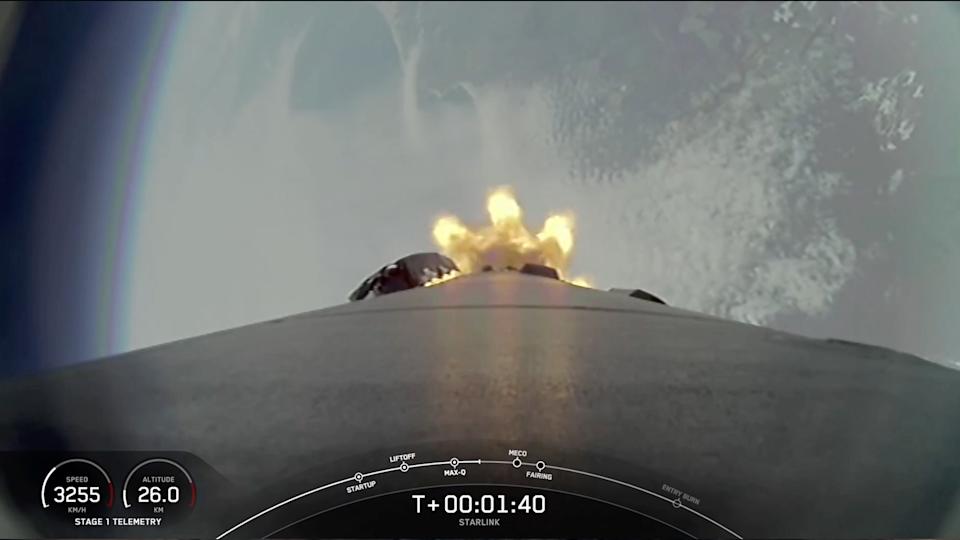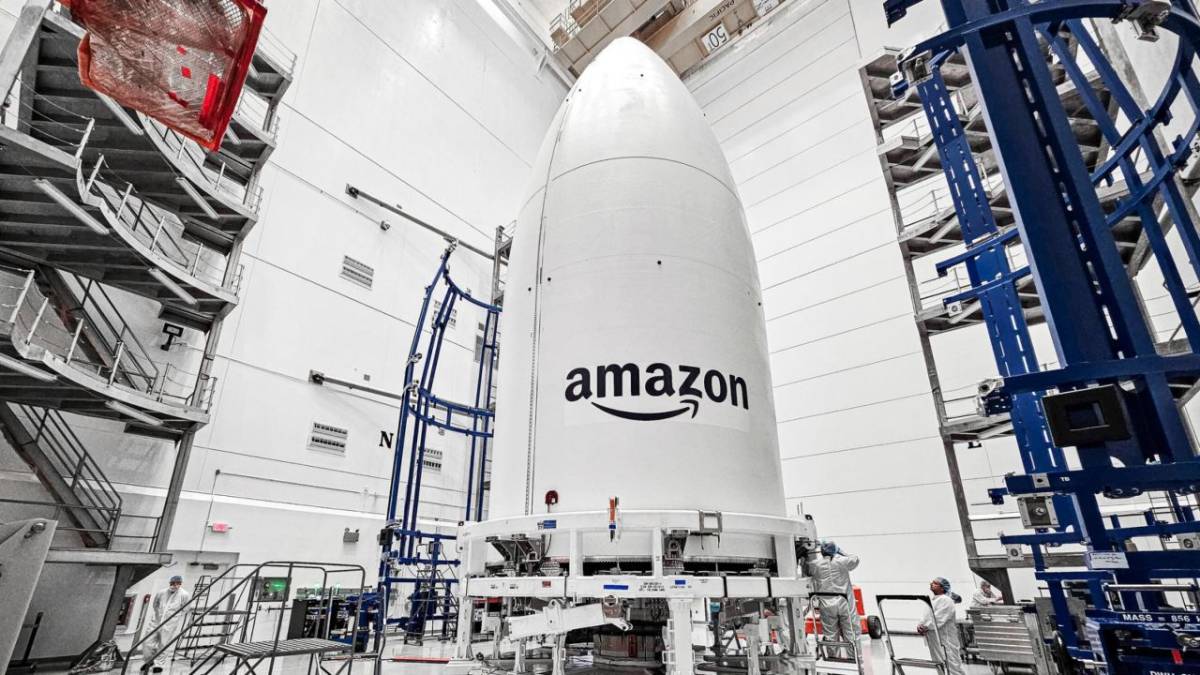CAPE CANAVERAL, FL – SpaceX continued its rapid deployment of Starlink satellites with another flawless Falcon 9 launch on Wednesday evening, adding more broadband internet satellites to its growing megaconstellation. The Starlink Group 6-67 mission lifted off from Space Launch Complex 40 (SLC-40) at Cape Canaveral Space Force Station at 8:32 p.m. EDT (00:32 UTC on Thursday), marking yet another milestone in SpaceX’s ambitious plan to provide global internet coverage.
Mission Overview: Another Step Toward Global Connectivity
The Falcon 9 rocket carried 23 Starlink v2 Mini satellites into low Earth orbit (LEO), part of SpaceX’s ongoing effort to expand its second-generation Starlink network. These satellites are designed to enhance internet speeds, reduce latency, and improve coverage—particularly in remote and underserved regions.
This launch was the 67th dedicated Starlink mission of 2024 and contributed to a constellation that now exceeds 6,000 operational satellites. With regulatory approval for up to 12,000 satellites—and plans for 30,000 more—SpaceX is rapidly solidifying its dominance in the global satellite internet market.
Falcon 9’s Stellar Reusability Record
One of the most remarkable aspects of this mission was the first-stage booster, tail number B1069, which completed its 16th flight. This particular booster has been a workhorse for SpaceX, having previously launched:
-
CRS-24 (Cargo Dragon to the ISS)
-
Eutelsat HOTBIRD 13G
-
OneWeb #16
-
Multiple Starlink missions
After a perfect ascent, the booster successfully landed on the droneship A Shortfall of Gravitas stationed in the Atlantic Ocean, about 8.5 minutes after liftoff. This landing further demonstrated SpaceX’s reusability prowess, a key factor in reducing launch costs and increasing launch frequency.
Meanwhile, the second stage continued its journey, deploying the 23 Starlink satellites into their intended 530 km (329 mi) orbital shell approximately 65 minutes after launch.
Why This Launch Matters
1. Expanding Global Internet Access
Starlink’s primary goal is to provide high-speed, low-latency internet to areas with poor or no connectivity. With over 3 million subscribers worldwide, the service has proven vital in disaster response, military operations, and rural connectivity.
2. Advancing Satellite Technology
The v2 Mini satellites feature improved E-band and phased-array antennas, delivering four times the capacity of earlier models. They also incorporate advanced collision-avoidance systems, addressing concerns about space debris.
3. Paving the Way for Starship Deployments
While Falcon 9 handles current launches, SpaceX’s next-gen Starship will eventually deploy larger Starlink v2 satellites, significantly boosting bandwidth. This mission keeps the constellation growing while SpaceX prepares for Starship’s full operational capability.
What’s Next for SpaceX?
SpaceX shows no signs of slowing down. Upcoming missions include:
-
Starlink 8-3 (West Coast launch, Vandenberg SFB)
-
ESA’s Hera mission (Falcon 9, October 2024)
-
More Starship test flights (Booster 12 & Ship 30)
Elon Musk has also hinted at Starlink achieving direct-to-cell phone connectivity in 2025, which could revolutionize global communications.
Final Thoughts
Wednesday’s Starlink 6-67 launch was another textbook mission for SpaceX, reinforcing its leadership in reusable rockets and satellite internet. With each launch, the company moves closer to a fully connected world, proving that space-based broadband is the future.



